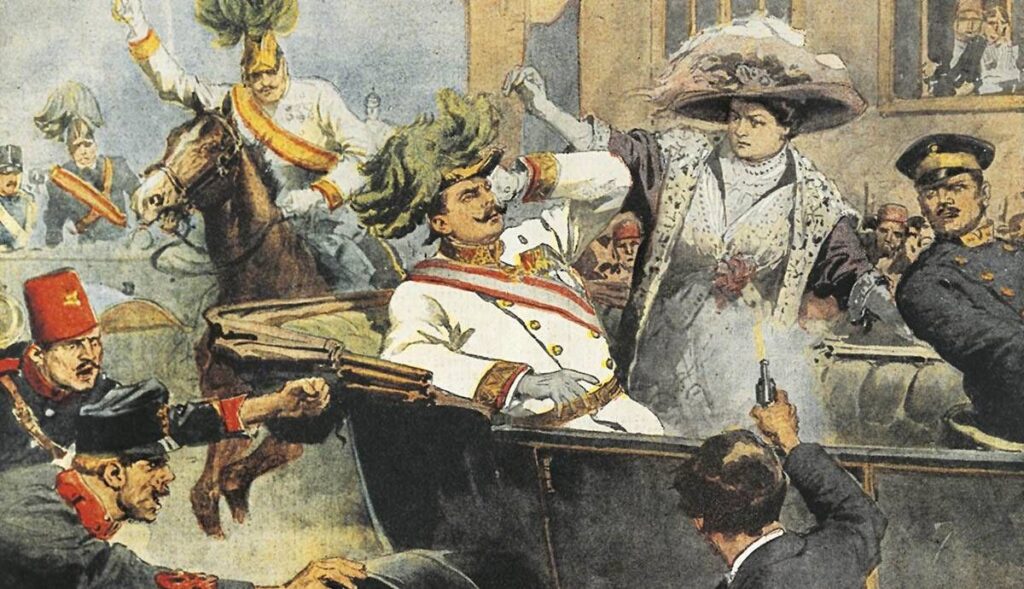The custom of blood revenge was popular in many cultures, but the Balkan cult of revenge stands out. Even during the Middle Ages, in the Balkans, people knew this custom as “vražda”. King Milutin settled these feuds with monetary payment. In King Tvrtko I’s documents, the expression ‘to draw blood’ appears as compensation for murder. Apart from Montenegro, the custom also existed in Dalmatia, Southern Serbia, and North Macedonia.
Blood revenge expresses a tribal need for justice. The custom is complex, and it has rules that govern when revenge is allowed. Aligned with traditional customary law and moral code, these rules protected certain people from revenge. Violating these rules questioned the sanctity of revenge and the community’s foundations.
Ritually breaking the chain of revenge through the “dying of blood” solved the problem of limiting violence. This ritual reconciliation and forgiveness introduced a new element to stop revenge. Forgiving overcame personal vindictiveness, taking a step towards renewing social life. The dying of blood included material compensation, hinting at the establishment of law and state protectors of justice.
Persistence of Blood Revenge
Blood revenge was active in the Balkans until the end of the 20th century and remains active in some areas today. It regulated relations within local communities, reflecting traditional, local, social—primarily kinship.
Violent death during the 19th century became a determinant of national identity. Killing a Turk as a conqueror affirmed societal health and identity.
The words sanctity and revenge share a similarity. The sanctity associated with righteous revenge is in sacrifice—for higher ideals, justice, dignity, and freedom. Miloš Obilić has the status of a holy man among the Serbian people and surrounding people. He killed the sultan, causing great harm, and remains a symbol for revenge and justice.

The ideal of killing the tyrant ingrained in later Serb and others’ identity under foreign occupation. People celebrate Gavrilo Princip, who killed Franz Ferdinand in 1914, as someone who dedicated himself to revenge. Gavrilo and his Young Bosnia crew drew inspiration from Miloš Obilić and the act of killing the foreign oppressor.
Attempts to Suppress Blood Revenge
In 1798, the National Assembly of Montenegro, situated in the Stanjevići Monastery, adopted the General Montenegrin and Mountain Code for Montenegrin and Mountain Tribes, naming it the “Code of Peter I”. The main goal was to suppress the old custom of blood revenge. However, this attempt failed.
Prince Danilo of Montenegro tried to keep peace between tribes, but his brutal attempts led to his 1860 assassination by Todor Kadić from the Bjelopavlić tribe. Danilo was killed in revenge because his men raped a girl from the Bjelopavlić tribe, opening another round of feuds.
As mentioned earlier, the issue of blood revenge is still present in some areas. It remains active among some Montenegrins and especially among Albanians in Albania, the Kosovo region, and western parts of North Macedonia.
SUPPORT
You like our content? Consider following us on our social media platforms here for more updates on our content!
